When you have a cold or allergy, the suffering is made worse when you have snot stuck up your nasal cavity and/or allergens such as grass, pollen, and dust particles. Particularly for me, residual snot when I have a cold gives an annoying dry cough that worsens at night.
Prevention is of course the best solution, but that’s for another discussion.
As a relief alternative, I’ve never really liked medicated nasal spray — I get a gross-tasting drip down the back of my throat and an odd feeling in the nose itself. Plus, sometimes I’d rather suffer moderately than take medication.
In my opinion, a more palatable alternative is nasal irrigation (basically, rinsing out your nose). The main downside compared to a medicated nasal spray is that nasal irrigation doesn’t do anything to reduce the negative effect of the irritants (or snot, in general) when they return. However, nasal irrigation is mostly natural and harmless, and can certainly provide relief. I first tried this by snorting salt water, but it was uncomfortable and provided little relief. Actually, I first tried this by snorting just water, which is a terrible idea and it burns. Then I discovered NeilMed Sinus Rinse:
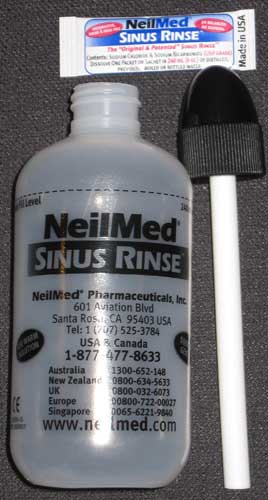
The concept is simple: first, you gently blow your nose. Then, you squeeze a bottle of solution up one nostril, into your nasal cavity and out the other nostril, thus cleaning out your sinuses and the general inside of your nose. Then you gently blow your nose again and repeat the process up the other nostril. (A similar but lower-pressure technique is to use a neti pot.) When I’m suffering, I perform this rinse about twice a day.
NeilMed provides single-use packets of a salt and sodium bicarbonate mixture, as well as a squeeze bottle. It is very easy to use, feels good even during the process, and provides instant (albeit temporary) relief.
The price of the NeilMed Sinus Rinse will vary depending on the particular combination of the number of bottles and mixture packets that are included in the package. It’s about $25 or less for either a bottle and 50 packets, or 100 packets.
I would certainly recommend trying it out. In my experience, the relief it provides has no negative side effects, can improve my sleep, and also alleviates suffering during the day.
Although I use and enjoy NeilMed Sinus Rinse, I do not think that it is a completely necessary product. The mixtures come in single-use packets, it’s packaged and shipped from relatively far away (although not from overseas), and its costs could add up. It is convenient, but someone could probably replicate it at home. If you’re going to try nasal rinsing, or are already doing so with NeilMed Sinus Rinse or a similar product, consider the following:
- The squeeze bottle works well because there is a marked fill line and you can easily shoot the solution up your nose. NeilMed recommends that you replace the bottle every couple of months, of course with the branded bottle. Perhaps you could find a similar and more long-lasting bottle.
- The solution mixture is just salt and baking soda, so you could technically measure and pour out similar amounts yourself. It would just take some work to arrive at the proper amounts and combination.
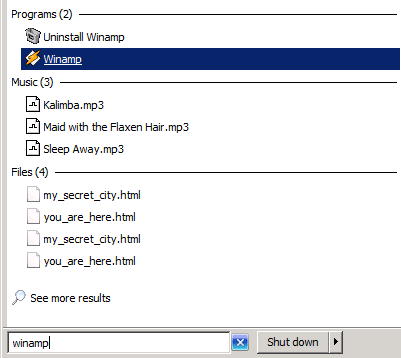
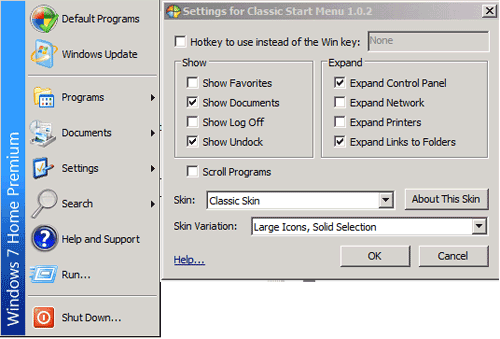
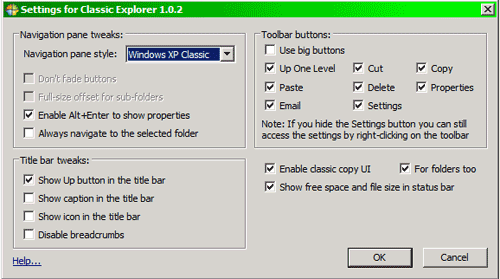

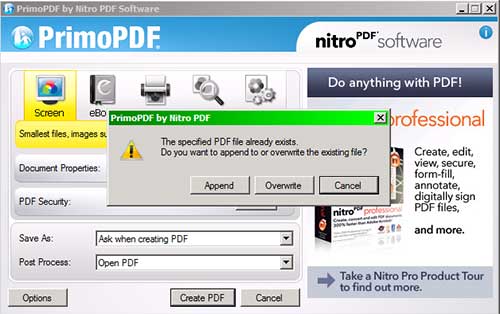

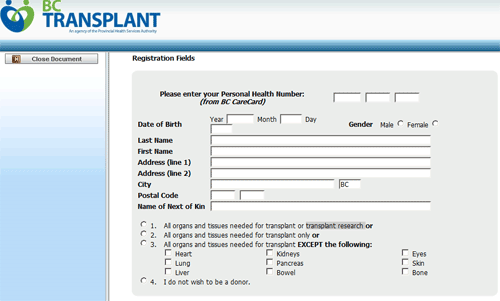
 keung.biz. Hire my web consulting services at
keung.biz. Hire my web consulting services at  Follow us on Twitter
Follow us on Twitter

